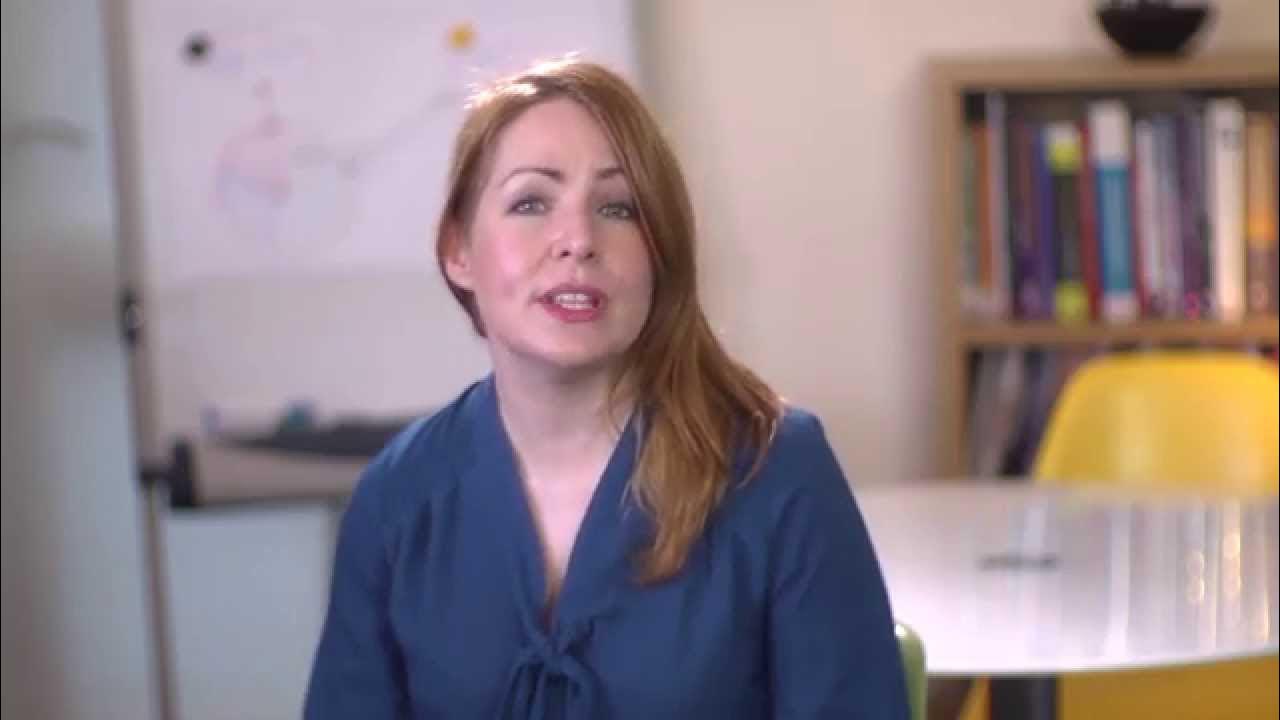Пилочный маникюр | БЕЗ аппарата, БЕЗ режущего инструмента
Summary
TLDRIn this video, Marina from Sakramel School introduces the filing manicure technique, a European method that avoids cutting tools. She demonstrates how to use a drill bit to remove old gel polish and special abrasive files to file away dead skin cells without cutting. The technique is suitable for thin and dry cuticles, aiming to keep the manicure looking polished without causing damage. Marina also shares her thoughts on the technique's efficiency and safety, suggesting it as an alternative for clients wary of e-files.
Takeaways
- 💅 The video introduces a filing manicure technique as an alternative to traditional methods.
- 🔧 The process starts with removing old nail coatings using a drill bit instead of soaking in acetone.
- 🌿 A green carbide drill bit is used to remove the coating without causing nail dryness.
- 🏼 Filing manicure is a type of European manicure that avoids cutting tools and instead uses special abrasive files.
- 👵 The technique is gentle on the cuticle and is suitable for models with thin and dry cuticles.
- 🍊 An orange stick with disposable abrasives is used to lift and clean the cuticle.
- 🧽 Foam-based nail files are used to process the cuticle, following its natural curves without causing damage.
- 🔩 The use of metal or wooden bases for nail files is highlighted, with a preference for flexible ones to avoid pressure on the skin.
- 🚫 The importance of not pressing too hard while filing is emphasized to prevent damage to the nail plate.
- 🔄 The technique can be combined with classic manicure methods for dealing with large hangnails.
- 📈 The video mentions that this technique is not new, having been used since 2015-2016, and is now being rebranded.
Q & A
What is a filing manicure technique?
-A filing manicure technique is a method of manicure that involves using special abrasive nail files to remove dead skin cells by filing them off instead of cutting them with traditional tools. It's a type of European manicure that avoids using cutting tools for processing the cuticle and lateral folds.
Why might a filing manicure be preferred over other methods?
-A filing manicure might be preferred because it doesn't pressure the use of an e-file, which can be intimidating for some clients. It's also a gentler approach that can be less likely to cause damage to the nail plate or surrounding skin.
What is the purpose of using a drill bit to remove old nail coverage?
-The purpose of using a drill bit is to remove the old gel polish coating without causing the nail plate to dry out and curl up, which can happen if the gel polish is soaked off with an acetone-containing liquid.
How does the filing manicure technique differ from using cutting tools?
-In a filing manicure, the cuticle and skin are filed off with abrasive nail files instead of being cut with traditional tools. This method is meant to be less invasive and potentially safer for the nail and surrounding skin.
What is the significance of using a green carbide drill bit?
-The green carbide drill bit is used to remove the old coating up to the thin underlay without damaging the nail. It's a specific type of drill bit that is suitable for this purpose.
How does the model's cuticle condition influence the choice of manicure technique?
-The model's cuticle is described as thin and dry, making the filing manicure technique a good choice as it is less likely to cause damage or discomfort compared to other methods that might be too harsh for such delicate cuticles.
What is the role of the orange stick in the filing manicure process?
-The orange stick is used to push and lift the cuticle, allowing for easier access to clean the area and prepare it for the filing process. It's a reusable tool with disposable abrasives for hygiene purposes.
Why is it important to use a foam-based nail file for the cuticle?
-Foam-based nail files are used to process the cuticle because they can bend and follow the natural curves of the cuticle, ensuring a smooth and even filing process without causing damage.
How does the filing manicure technique compare to the e-file manicure in terms of safety?
-While the filing manicure technique may be less likely to cause immediate damage due to its non-cutting approach, there is still a risk of cutting the cuticle if too much pressure is applied. It's considered less aggressive than the e-file manicure but requires practice to ensure safety.
What is the process for removing the previous coating leftovers?
-To remove the previous coating leftovers, a regular nail file with a 100/180-grit abrasive is used. This helps to prepare the nail surface for the filing manicure process.
How does the filing manicure technique affect the regrowth of the cuticle?
-The filing manicure technique may result in the cuticle not growing back as quickly as with other methods, and it can improve the appearance of the cuticle and the skin around it.
Outlines

هذا القسم متوفر فقط للمشتركين. يرجى الترقية للوصول إلى هذه الميزة.
قم بالترقية الآنMindmap

هذا القسم متوفر فقط للمشتركين. يرجى الترقية للوصول إلى هذه الميزة.
قم بالترقية الآنKeywords

هذا القسم متوفر فقط للمشتركين. يرجى الترقية للوصول إلى هذه الميزة.
قم بالترقية الآنHighlights

هذا القسم متوفر فقط للمشتركين. يرجى الترقية للوصول إلى هذه الميزة.
قم بالترقية الآنTranscripts

هذا القسم متوفر فقط للمشتركين. يرجى الترقية للوصول إلى هذه الميزة.
قم بالترقية الآنتصفح المزيد من مقاطع الفيديو ذات الصلة

Manicure for Beginners from A to Z | Perfect Cuticle Cut with Any Tool | Classic Manicure

The 5 Whys of Problem-Solving Method

Scientific Way to Learn 15x Faster (from a Med Student)

Mengenal Teknik Kultur Jaringan Tanaman

How Does a Waterjet Work? It Slices Steel with Water!

Prosedur langkah menicure salon kecantikan | tutorial manicure perawatan tangan SMK kecantikan
5.0 / 5 (0 votes)
